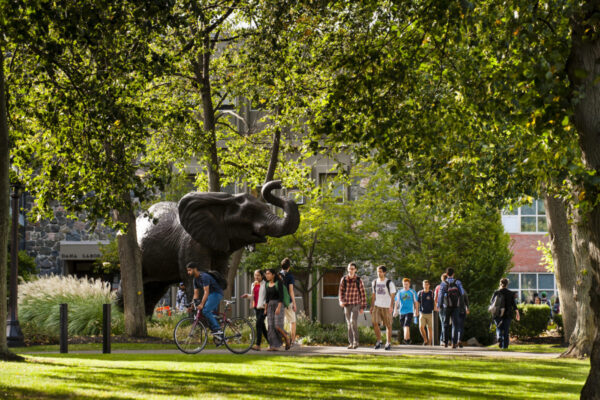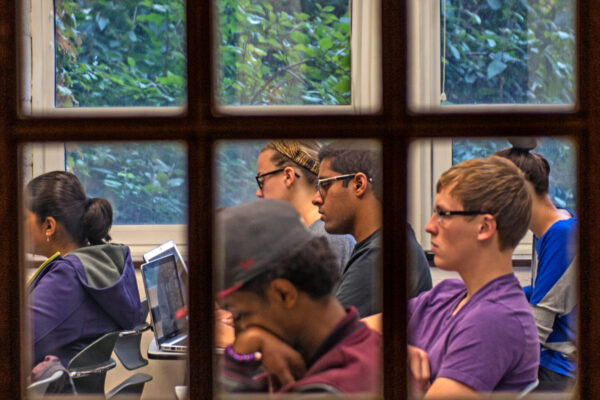How Institutions Can Bridge the Gap Between What Students and Faculty Think About Digital Learning
Title: Time for Class 2023: Bridging Student and Faculty Perspectives on Digital Learning
Authors: Catherine Shaw, Ria Bharadwaj, Louis NeJame, Sterling Martin, Natasha Janson, and Kristen Fox
Source: Tyton Partners
After the shift to online learning environments during the COVID-19 pandemic, digital learning has become an integral part of the higher education ecosystem. A new report by Tyton Partners highlights the diverging experiences and perceptions of digital learning among students, faculty, and administrators, demonstrating the importance of bridging this gap when considering implementing new or scaling up existing online learning programs.
These insights stem from three large-scale surveys, including participation from 2,048 students, 1,748 instructors, and 306 administrators, that touched on students and instructors’ preferences and experiences as well as their key barriers to digital learning.
When asked about course materials, students overwhelmingly (75 percent) preferred digital materials, while instructors were split, with 46 percent preferring digital to print materials. Considering various course modalities, over half (55 percent) of instructors preferred face-to-face courses, while only 31 percent of students agreed, with 58 percent preferring either hybrid or fully online courses.
Barriers to digital learning among students included lack of access to foundational infrastructure, misalignment in modality preferences with instructors, lack of access to course materials, and difficulty finding course-specific communities.
Instructors cited lack of guidance on the selection and implementation of digital learning tools, few guidelines on the integration of AI in courses, and the need for more evidence-based teaching practices and supports as key barriers to digital learning.
With these findings in mind, the authors recommend the following actions for institutional leaders:
- Operate under the assumption that students are under-connected and, where available, cover the cost of loaner laptops and hotspots, and include the costs of devices and the internet in the definition of cost of attendance.
- Integrate student demand for hybrid courses and digital materials as part of digital learning goals and strategy and allow the student experience to guide decision-making.
- Explore the benefits of nontraditional access models to digital course materials while taking into consideration choice limitations for instructors and cost savings for students.
- Experiment with generative AI tools to guide the development of effective and informed policies and integration into teaching and learning.
- Evaluate the rigor of online classes to ensure implementation of and support for evidence-based teaching practices that produce more positive outcomes.
To read the full report, click here.
—Armando Montero
If you have any questions or comments about this blog post, please contact us.

